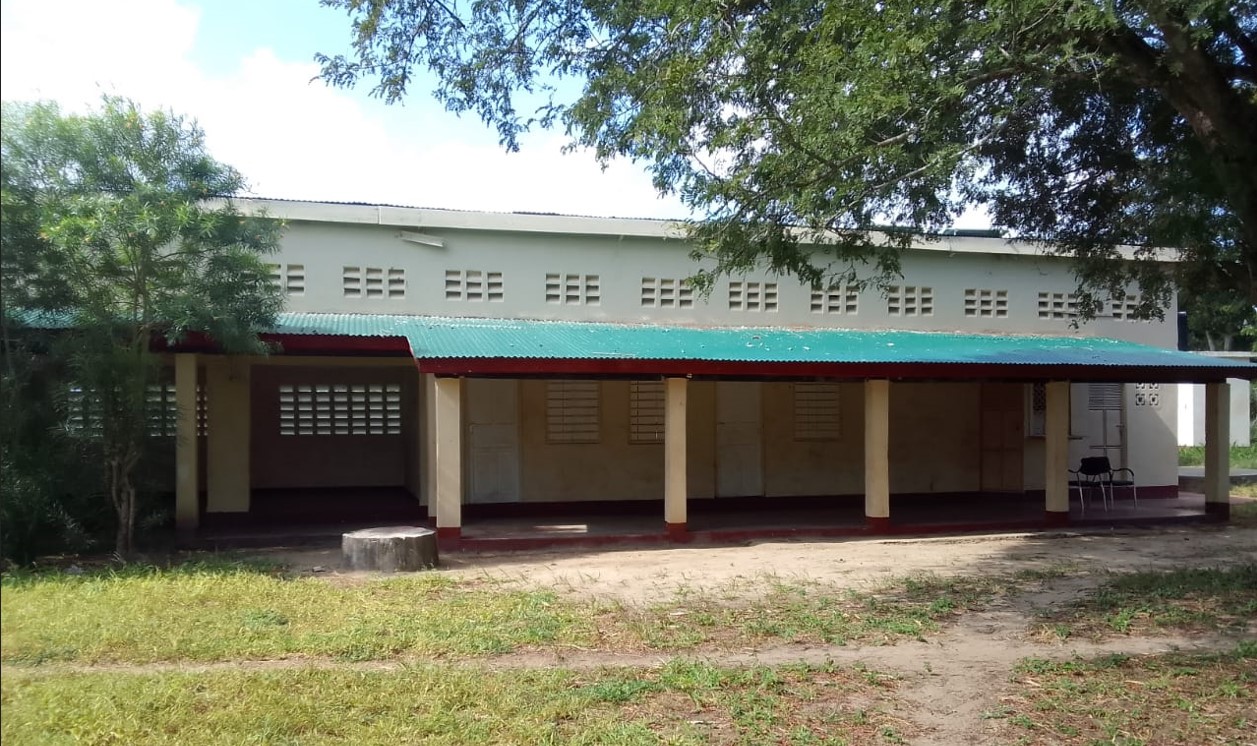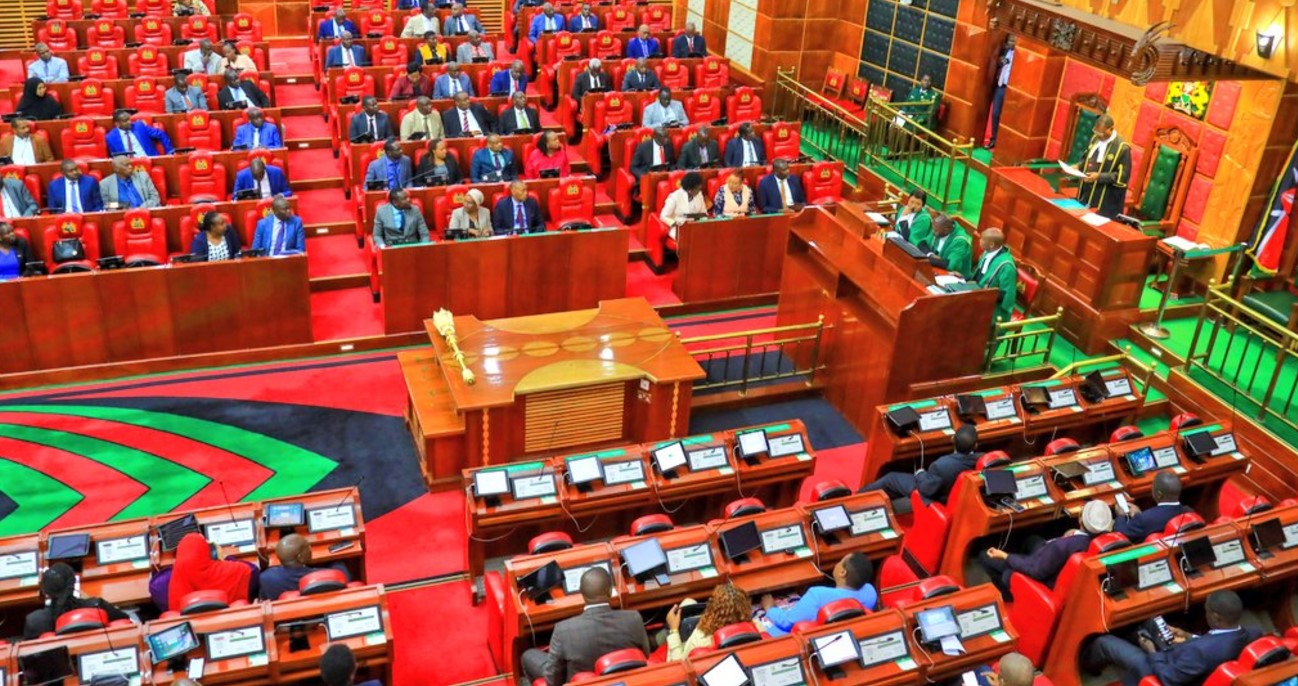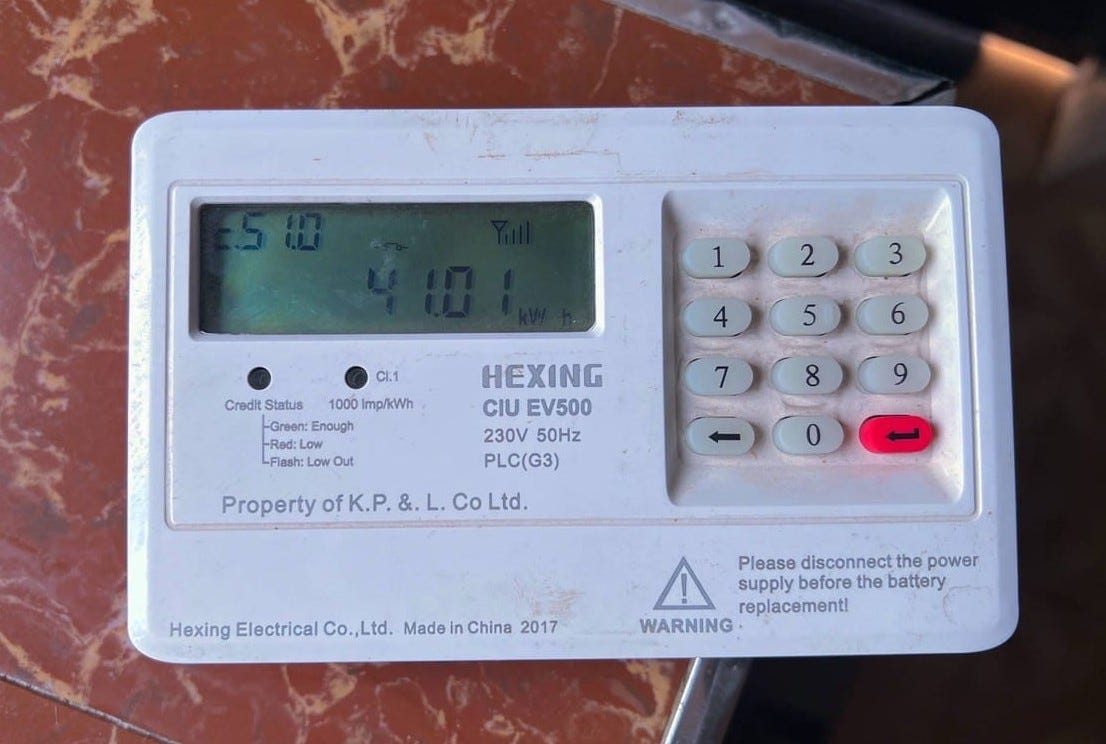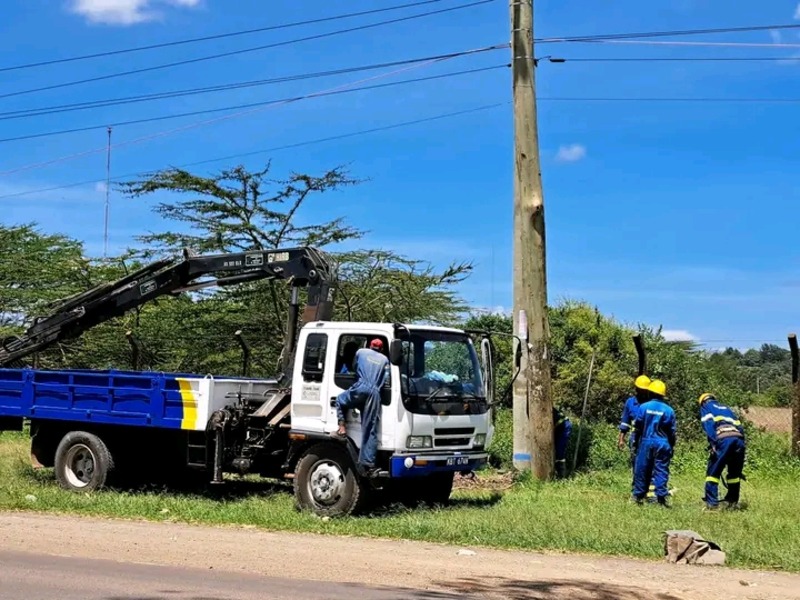MPs push for lower electricity prices in fresh bid to tackle rising power costs

By Maureen Kinyanjui |
The goal is to bring down the rates at which these power producers sell electricity to Kenya Power, which, in turn, could lead to lower electricity bills for consumers.
Members of Parliament (MPs) have initiated a new push to reduce the cost of electricity in Kenya by targeting power producers' wholesale prices.
The National Assembly's Energy Committee has given independent power producers (IPPs) including Lake Turkana Wind Power, Kipeto Energy, and OrPower until December 2025 to provide detailed reports on payments made to them by Kenya Power and any outstanding balances.
Keep reading
This move is part of the government's ongoing effort to tackle the high cost of electricity. The data from these nine IPPs will be crucial in determining the pricing structure for the remainder of their contracts with Kenya Power.
The goal is to bring down the rates at which these power producers sell electricity to Kenya Power, which, in turn, could lead to lower electricity bills for consumers.
Electricity prices have sharply increased over the past three years. For example, the cost of 50 kilowatt-hours (kWh) surged by nearly 38 per cent to Sh1,275.05 in November 2024, compared to Sh925.08 in November 2021. Similarly, the cost of 200 kWh increased by almost 12 per cent during the same period, from Sh5,103.91 to Sh5,714.88.
According to the report from the Energy Committee, the detailed accounts from the IPPs should include the costs of setting up and running the power plants, as well as capacity charges and any outstanding payments due.
This financial data will form the basis for reviewing the power tariffs charged by these producers for the remaining period of their Power Purchase Agreements (PPAs).
The committee has warned that failure to comply with the directive within 12 months will result in the termination of the PPAs.
Taxpayer compensation
However, this threat has raised concerns, as such cancellations could lead to significant taxpayer compensation to the affected producers.
This is the second time in recent years that the government has attempted to reduce wholesale electricity prices.
In 2022, the government tried to negotiate price reductions from IPPs, hoping to cut consumer power bills by 15 per cent.
However, this effort failed after concerns were raised about damaging investor confidence in the sector.
In the end, the government opted to offer incentives such as extending the duration of the PPAs for producers who agreed to lower their prices.
The targeted IPPs are significant contributors to Kenya Power's electricity supply. In the year ending June 2024, Lake Turkana Wind Power supplied 9.6 per cent of the electricity purchased by Kenya Power from IPPs, while OrPower contributed 5.7 per cent from its geothermal plants. Kipeto Energy, another wind power plant, supplied 2.9 per cent of the total.
Kenya Power also has PPAs with six thermal plants, which collectively accounted for nearly 5 per cent of the total electricity purchased from IPPs in the same period.
Thermal power plants, in particular, have been a major driver of high electricity costs due to the Fuel Cost Charge, which is passed on to consumers.
This surcharge makes up a significant portion of the total cost of electricity.
Most PPAs in Kenya are long-term agreements, typically lasting between 20 and 30 years. While several thermal plants have retired following the expiry of their PPAs, the impact of high fuel costs continues to drive up electricity bills for consumers.
Reader comments
Follow Us and Stay Connected!
We'd love for you to join our community and stay updated with our latest stories and updates. Follow us on our social media channels and be part of the conversation!
Let's stay connected and keep the dialogue going!
















